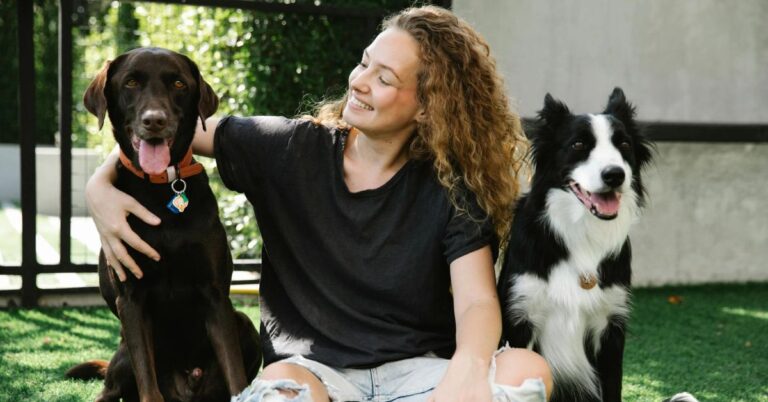10 Dog Training Hacks You Should Know About

Training a dog doesn’t have to be a battle of wills! With these ten tricks, obedience and good manners come easier—and so does bonding with your pup. However, the effectiveness of each trick may vary from dog to dog, as every pup learns at their own pace and responds differently.
Use Clicker Training For Instant Feedback
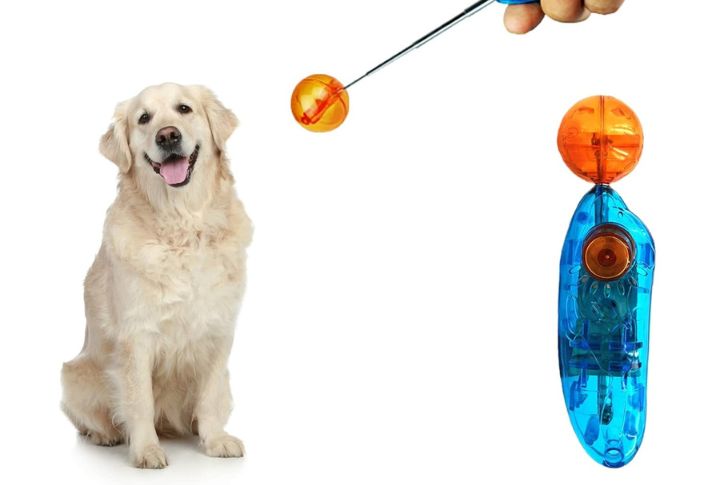
Dogs thrive on instant feedback, and clicker training makes communication crystal clear. A clicker’s sharp, consistent sound tells your dog exactly when they’ve done something right, making learning faster and more enjoyable. Unlike verbal praise, which can change in tone or timing, a clicker provides repeatable cues that help dogs connect actions to rewards.
Keep Training Sessions Short But Frequent
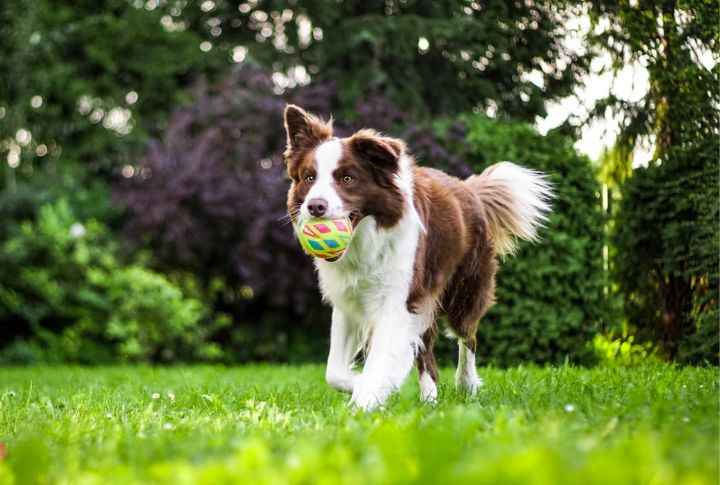
Dogs learn best when training feels like a game, not a chore. Short, high-energy sessions, around 10-15 minutes, keep them engaged and excited, while multiple sessions throughout the day reinforce learning. If training drags on too long, frustration builds, and focus fades, turning a fun lesson into a tiresome task.
Use High-Value Treats For Better Motivation
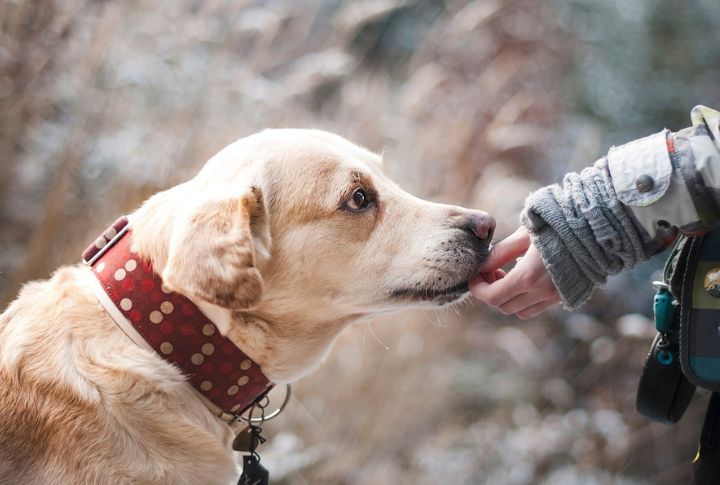
Some dog treats are meh, but others are pure gold. Soft and irresistible snacks like cheese, chicken, or freeze-dried liver grab attention and supercharge motivation. Why settle for a boring kibble when you can offer a jackpot? Find that one treat your pup would do anything for, and watch training turn into an exciting game.
Teach Basic Commands Before Correcting Bad Behavior
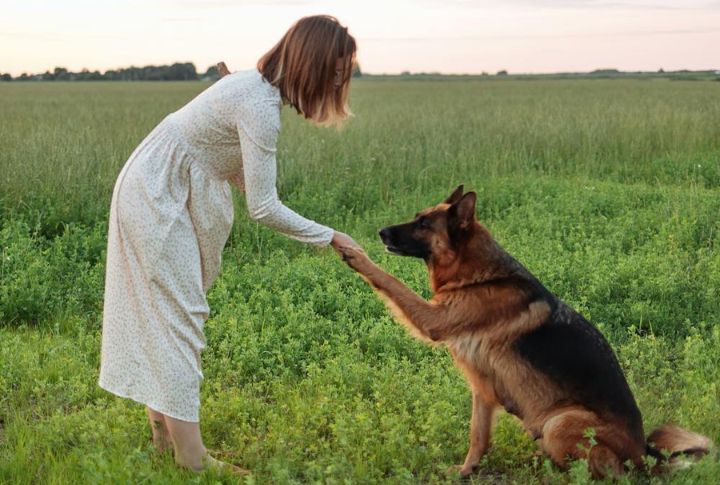
Do you ever wonder why some dogs respond quickly while others seem confused? Clear communication makes all the difference. Before saying “no,” focus on teaching essential commands like “sit” and “leave it.” Once these basics are in place, redirecting unwanted behavior becomes much more manageable.
Use Scatter Feeding To Improve Focus And Calmness

If your dog eats too fast or struggles to focus, scatterfeeding can help. Spreading kibble around the yard or floor engages their nose and brain, turning mealtime into a rewarding challenge. With a little extra effort, this simple daily activity can turn energy into calm focus, one bite at a time.
Reward Calm Behavior To Reduce Overexcitement
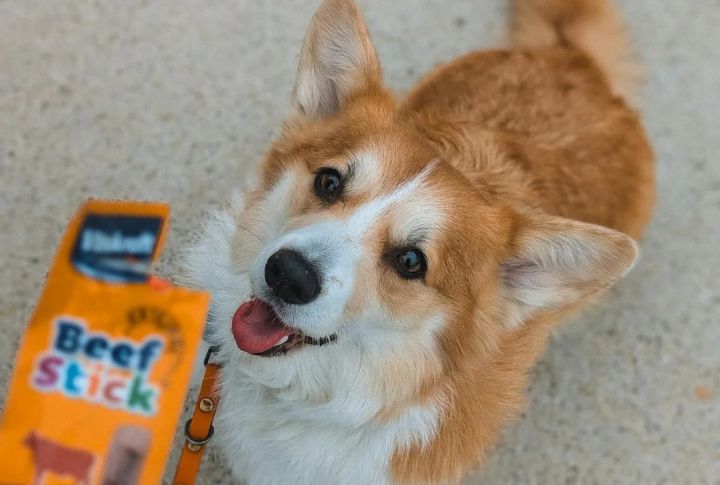
Does your dog go wild the moment you walk through the door? Excitement is natural, but rewarding calm behavior teaches self-control. Instead of reacting to jumping or barking, wait until your dog settles, then reward it with treats or affection. Over time, they learn that relaxation earns attention, not chaos.
Train In Different Environments For Reliability

A dog that only listens at home hasn’t fully learned the command. Training in the same place creates familiarity, but absolute obedience happens in different settings. To build reliability, practice in parks and inside pet-friendly stores. As your dog experiences new distractions, their ability to focus improves.
Use A Front-Clip Harness To Prevent Pulling
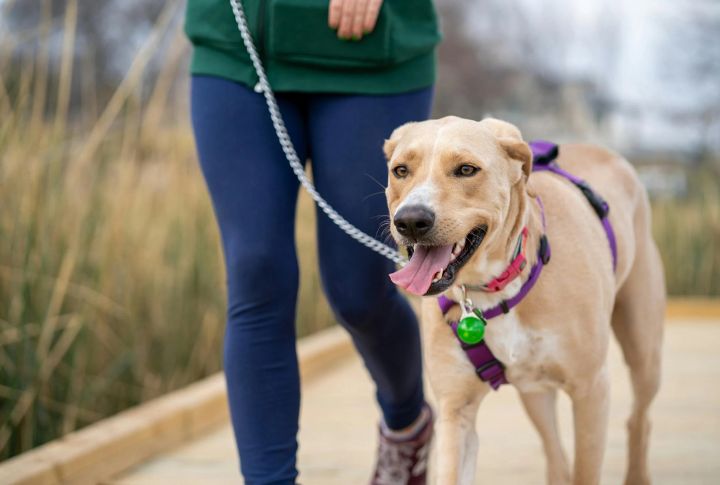
If you feel like your dog is walking you, a front-clip harness can help you flip the script. Attaching the leash to the chest gently redirects forward momentum, making pulling nearly impossible—no more yanking or frustration, just smoother, more enjoyable walks. Unlike prong collars or choke chains, this method is humane and effective.
Use Hand Signals Alongside Verbal Commands
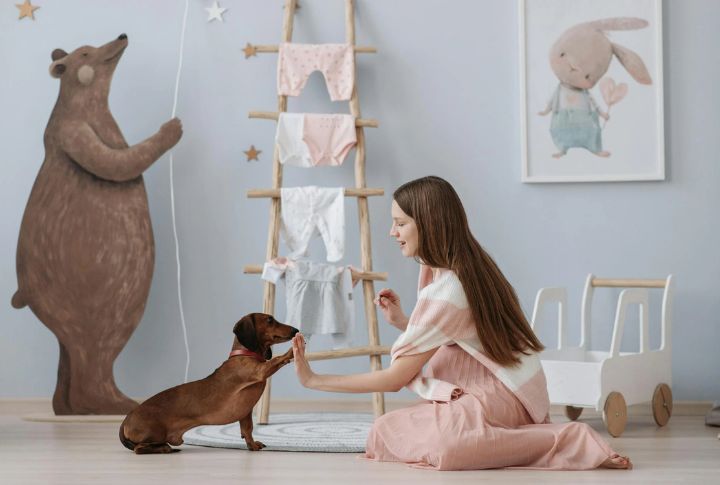
Dogs rely heavily on body language, so why not use it? Pairing words with hand signals creates a training superpower—more straightforward, faster communication! A raised palm for “stay” or a finger point for “sit” makes commands easier to understand. Before you know it, your dog might follow silent cues like a mind-reading genius.
Practice Patience And Stay Consistent
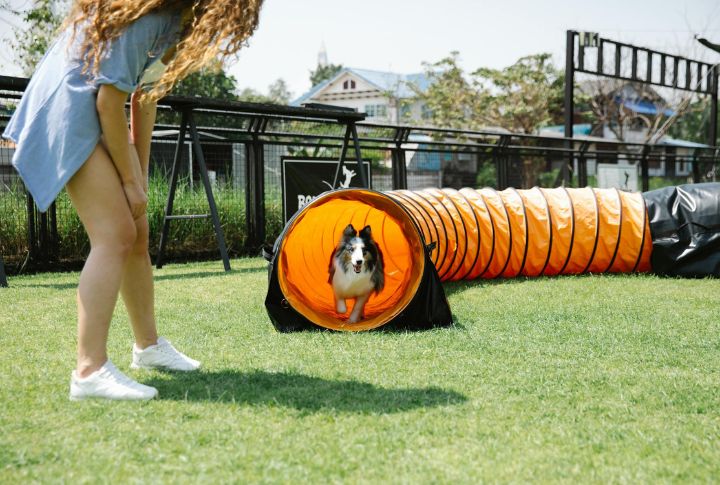
Remember, Rome wasn’t built in a day, and the same goes for a well-trained dog! Learning takes time, and dogs thrive on repetition and structure. Some dogs pick things up quickly, while others need extra practice, but with patience and persistence, progress will always come. Stay consistent, and the results will be worth the effort.




